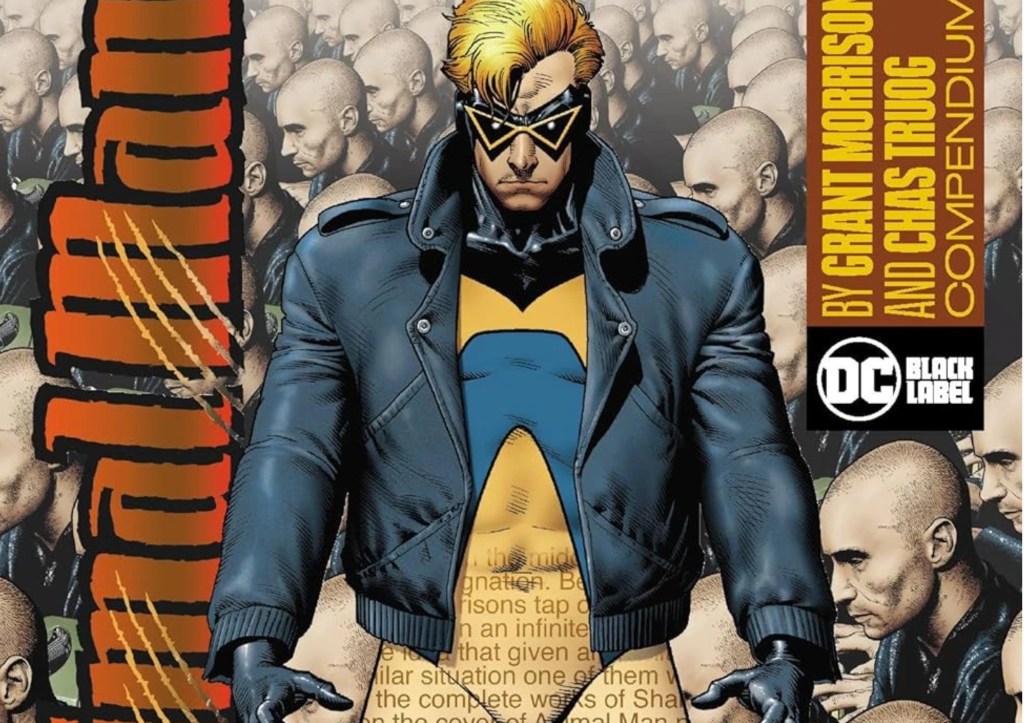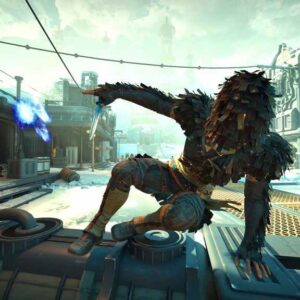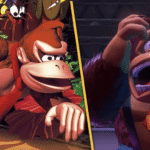Grant Morrison is truly a gem in the comic book world, well-loved for crafting superhero narratives with gripping plots that enhance the characters they bring to life. Beyond superheroes, Morrison has dabbled in various genres like horror and sci-fi, making a lasting impact on DC Comics, which all began with a single book—1988-1990’s Animal Man. Teaming up with artist Chaz Troug, Tom Grummet, and cover artist Brian Bolland, Morrison revitalized an obscure DC character, last seen in Crisis on Infinite Earths #12, turning it into something complex and widely adored. Animal Man was groundbreaking, showcasing Morrison’s exceptional talent.
Even after nearly four decades since its premiere, Animal Man remains remarkable. Though comics have evolved and its plot twists are now well-known, the series still holds its iconic status. This book’s enduring acclaim invites us to delve into its pages once more to understand its perpetual charm.
Animal Man Captures the Essence of a Perfect Superhero Comic
Let’s address Animal Man‘s twist, which, while significant, isn’t the sole reason for its lasting appeal. The comic scrutinizes how we engage with fictional characters, a theme introduced in issue #5, “The Coyote Gospel.” Here, a character reminiscent of Wile E. Coyote escapes to the real world, questioning why he and his kind suffer for human amusement. While some see Animal Man’s encounter with Morrison in the concluding issue as gimmicky, it’s actually Morrison unveiling the core message: our entertainment often mirrors our darker selves. Through the series, Morrison suggests we might consider compassion over cruelty, a notion reaffirmed when Animal Man’s family, initially killed due to his environmental activism, is ultimately resurrected.
Morrison’s work wouldn’t resonate without the emotional depth added to Animal Man, his wife Ellen, and their children Maxine and Cliff. Despite Morrison’s reputation for wild ideas, their true gift lies in creating authentic characters. Readers form attachments to the family navigating their challenges, a testament to why Animal Man endures. While its innovative ideas are noteworthy, it’s the intimate details—the family’s bonds, Animal Man’s heroism, and his advocacy for animals—that enrich the narrative. Morrison’s big ideas remain impactful because they’re delivered through characters whose lives we come to care about deeply. That emotional connection is what keeps Animal Man timeless, a superhero tale executed with perfection.
Animal Man‘s Success Lies in Its Human Touch
While the fascinating themes of Animal Man often dominate discussions, the comic’s success hinges on more than just ambitious concepts. Morrison’s reflection on how we breathe life into fictional worlds and what that says about us as an audience provokes thought. We demand violence and suppress wonder with “realism,” highlighting our entertainment’s commentary on society. However, Morrison’s ability to revitalize a flat Silver Age character into a multi-dimensional figure with a memorable supporting cast makes Animal Man shine.
The true magic of Animal Man is discovered by those drawn in by its intriguing meta-narrative, sustained by masterful character development and storytelling. This is evident in standout issues like “The Coyote Gospel,” issue #15’s “The Devil and the Deep Blue Sea,” issue #6’s “Birds of Prey,” and countless others. Ultimately, Animal Man endures not solely for its conceptual ideas but because it excels as a compelling superhero story.















